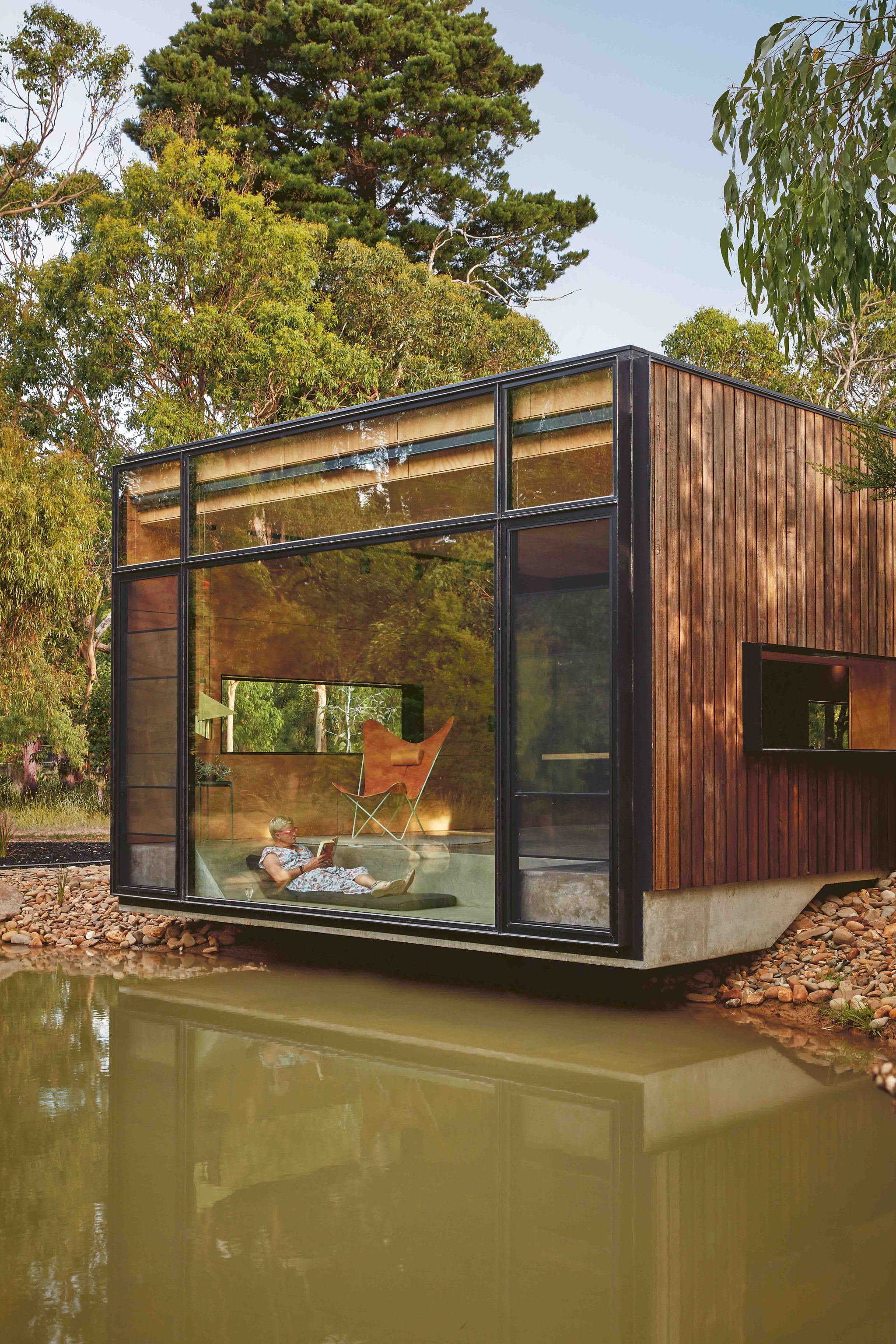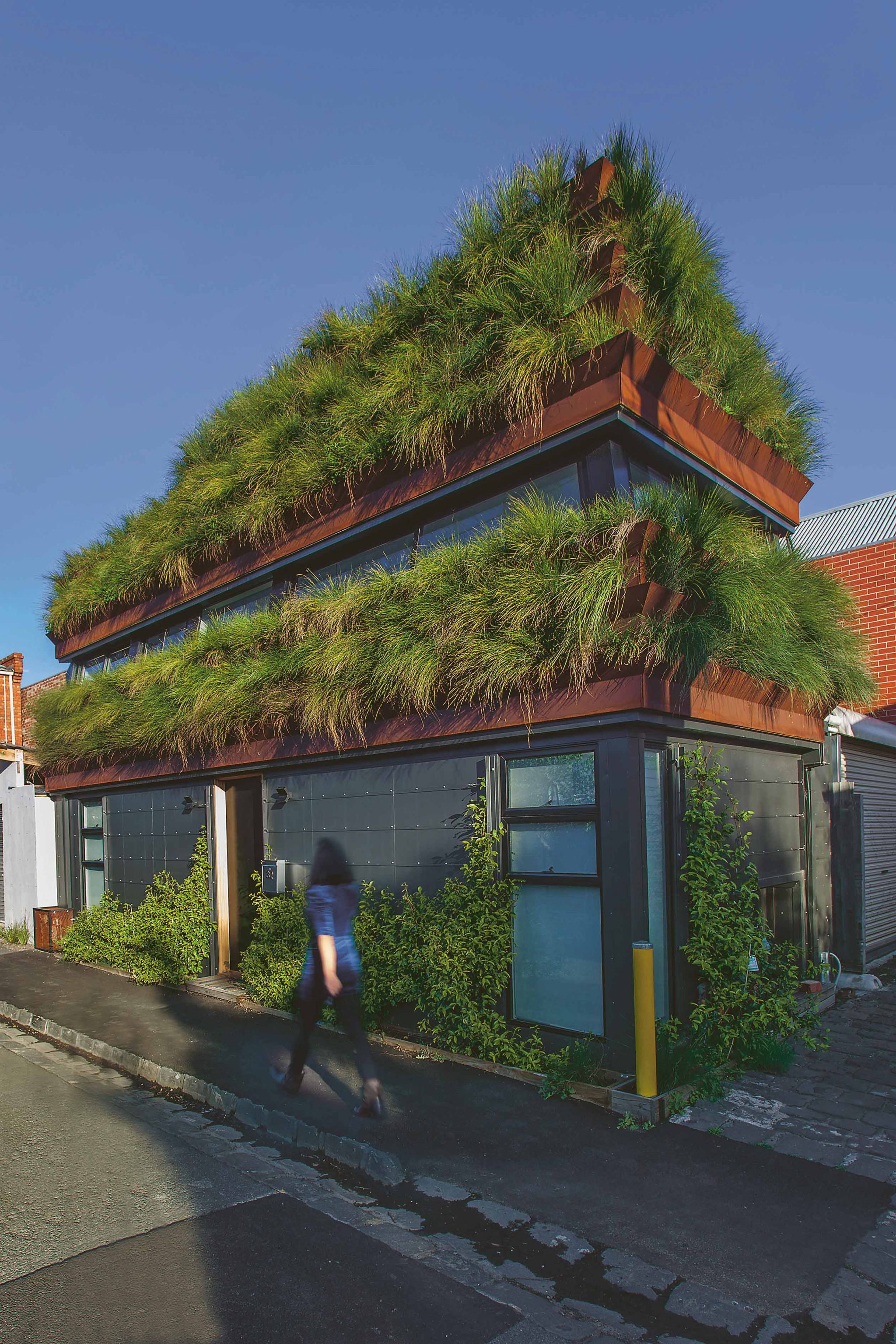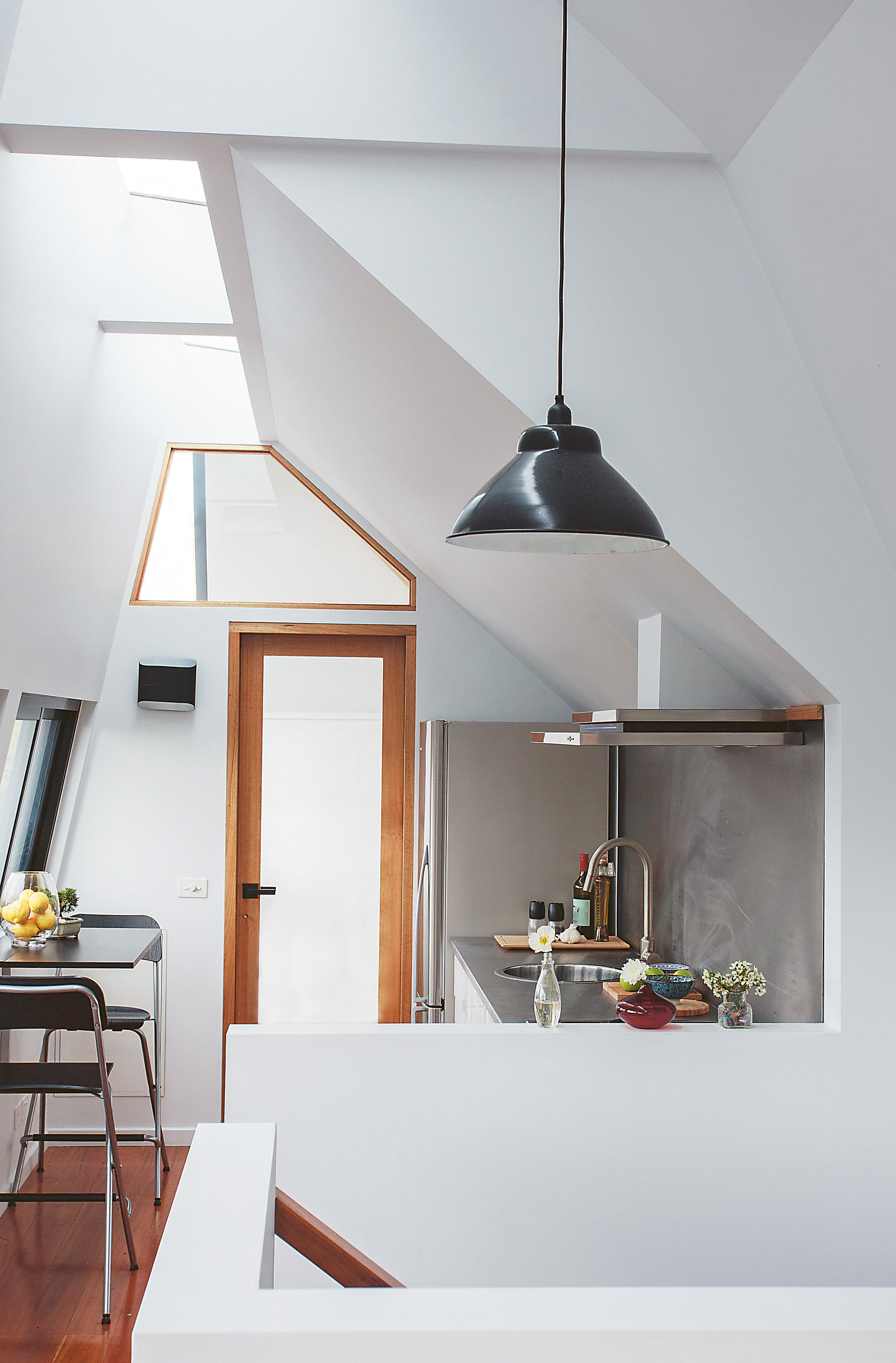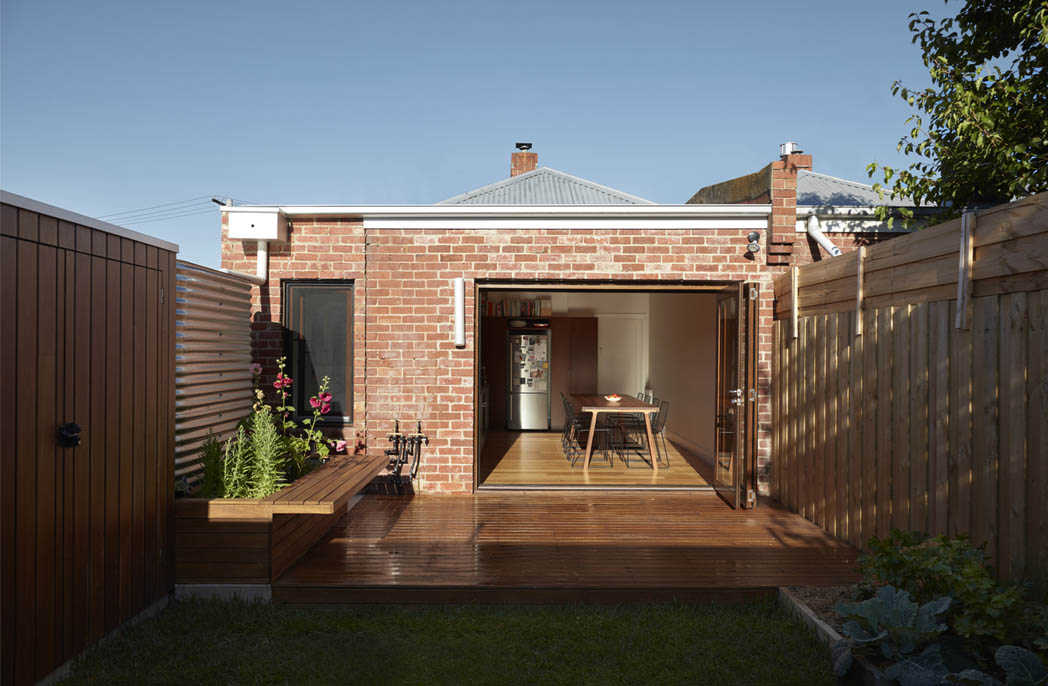
Living well with less
Living well with less
Share
Small houses are increasingly popular in Australia, as land in our urban centres becomes scarcer and more expensive. We talk to Catherine Foster, author of the recently published book, Small House Living Australia, which celebrates some of our country’s tiniest new homes, to find out how we can do more with less.
Australian Design Review: What do you think is the role of the architect or designer in enabling us to live happily in small spaces?
Catherine Foster: I think it’s crucial, I really do. In small houses, which are 90 square metres or less, you need to make every metre work really, really hard. Everything has to be dual purpose, dual function, and architects are very good at this.
I also think the cost is important. An architect’s fee is worth every penny because you’re going to get something that will work, and you’re also going to get someone, an expert person, who knows how the rules work in your particular state. You’re going to find that they have a lot of knowledge that you, me and the next person, just don’t have.

ADR: Which project from the book do you consider to be the most adventurous?
CF: The Grasshouse was particularly interesting; it was built on a site of only 46 square metres. So that’s as big as a triple-car garage – it doesn’t have a big footprint. There are a lot of rules and regulations as to why houses have to have setbacks, [partially] so that streets can have somewhere to drain stormwater. But 46 square metres… goodness! You actually don’t have very much space to do that and still have a house, even a tiny house. So the architect [David Luck Architecture] came up with this idea that he would make the house operate like a tree – it comes out very close to the street, but because of the way it recycles water it passed regulations. It’s very clever.

The Greenhouse. Photo by Daniel Dixon
ADR: Have you seen more people start to adopt this lifestyle of living smaller?
CF: Yes, and I think it’s because there are two generations with different needs that have ended up in the same place. There are the first-time buyers trying to get something to live in – something that’s manageable and affordable. And there are the Baby Boomers who are looking at the fact that they don’t need the big family house anymore. Then on top of that, we have this zeitgeist moment where I think people are looking for simplicity and authenticity.

The Greenhouse interior. Photo by Daniel Dixon
ADR: Do you think it’s critical for people to change the way they live and accept life in houses with smaller footprints?
CF: Well, who am I to say how everyone should live? But my feeling is that we have got a bit greedy over the years, and now there has been a change in mindset that perhaps we don’t need this much anymore. We can live well in well-designed spaces that don’t have to be huge to be enjoyable. I’m really glad people are looking for alternatives because I think it’s good for the planet. I think it’s good for the younger generations and, of course, it’s good for the designers who come up with these clever ideas.
Small House Living Australia is available through Penguin Random House.
You Might also Like

















